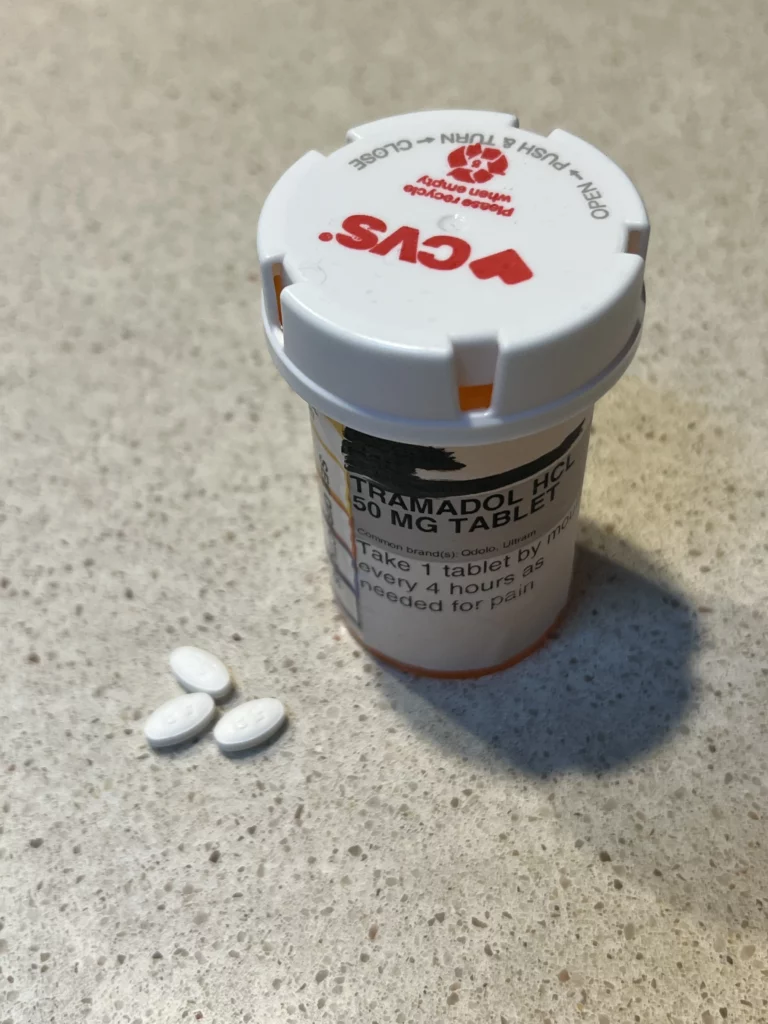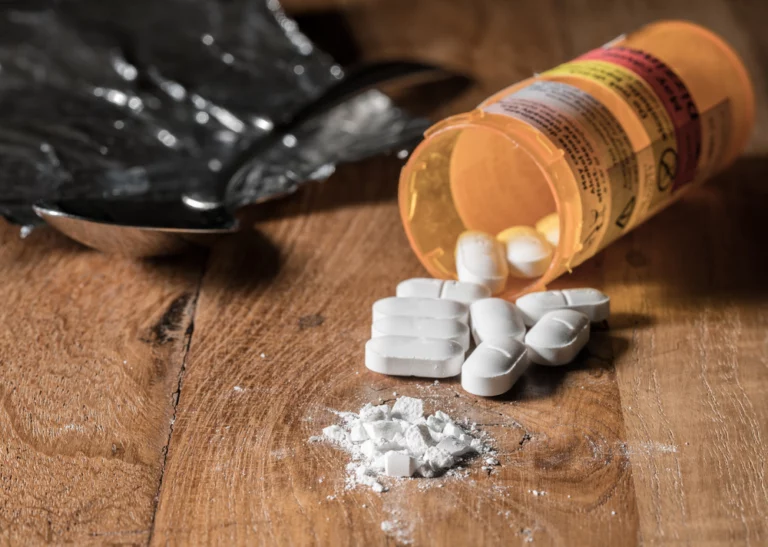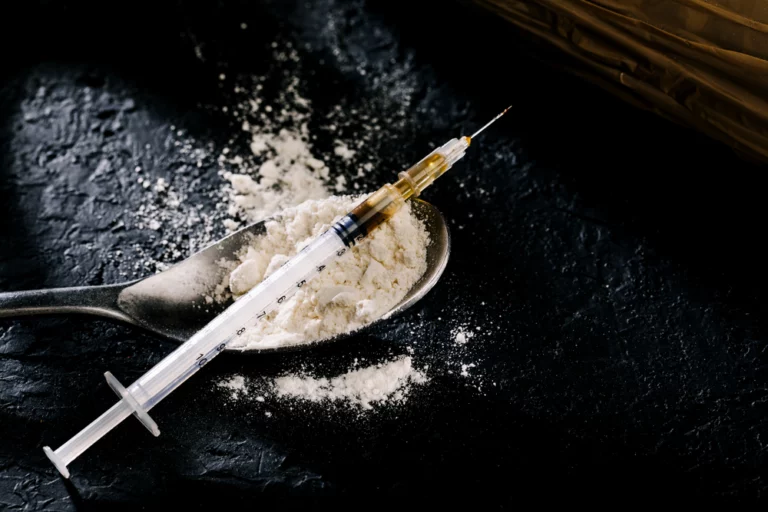If you want to know how long cocaine stays in your hair, this article has all the answers you need. Cocaine can be detected in blood and saliva tests for up to two days, three days for urine tests, and up to several years in hair tests.
Drug tests aren’t as common as most people think, with under 2% of jobs in the US requiring some pre-employment drug screening. Most drug screening companies like Quest Diagnostics and DISA Global Solutions conduct urine tests and rarely offer blood or hair tests as these are more expensive and time-consuming to employers, employees, and job candidates. But that doesn’t mean they’re never done, and hair tests are extremely accurate and can detect substances months after someone uses drugs.
This article explains how long cocaine stays in your hair, the science of how it gets into hair, what types of companies require hair follicle tests, and signs you might need cocaine addiction treatment.
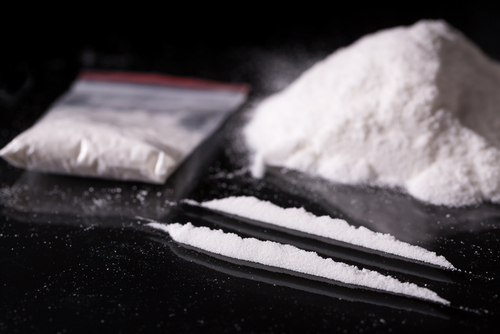
What Is Cocaine?
Cocaine is a powerful and highly addictive central nervous system stimulant sourced from coca leaves. Cocaine is a Schedule II controlled substance with limited medical uses in otorhinolaryngology (ears, nose, and throat surgery). Cocaine increases energy, respiratory rate, and heart rate by preventing dopamine from returning to returning to the body (reuptake). Dopamine then builds up in the synapse and produces an amplified signal to the brain, inducing the euphoria and rush common to stimulants.
Cocaine is commonly misused in two forms: the water-soluble hydrochloride salt and the water-insoluble cocaine base, known as freebase. Users mix the hydrochloride salt with water to inject it or snort/rub the powder on their gums. The base form is usually turned into smokable rocks (crack cocaine) by processing and heating it with ammonia or baking soda and water.
How Long Does Cocaine Stay In Hair?
Cocaine can remain and be detected in hair up to and beyond 90 days, depending on the amount and frequency of drug use, the individual’s rate of metabolism, and the type and location of the hair sample. This “window of detection” begins 7 to days after last use or exposure, and cocaine and its metabolites can remain in the hair as it grows at an average of one-half inch each month. If your hair has grown since you last tried cocaine, chances are remnants of the illicit drug are still attached to the ends of your hair. As the hair continues to grow, it preserves a historical record of drug use with each centimeter believed to represent about one month of drug exposure.
Hair follicle drug testing usually involves removing a 1.5-inch hair sample from the scalp, which provides around 90 days of information. A larger hair sample or one taken from another part of the body, such as the legs or armpits, can have longer detection windows since the hair grows more slowly. These drugs are rare and expensive but are used by companies, organizations, or government agencies to detect chronic drug use, identify patterns of use, and confirm periods of abstinence. However, unlike urine and blood tests, hair tests cannot detect current intoxication.
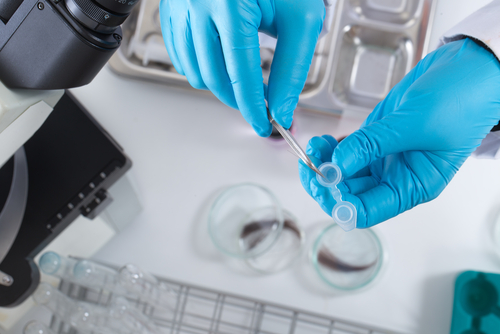
How Does Cocaine Get In Your Hair?
If you snort, inject, or smoke cocaine, it’ll always enter your bloodstream and travel throughout your body. As your body breaks it down, cocaine is rapidly metabolized to major metabolites, benzoylecgonine (BE) and ecgonine methyl ester (EME), and minor metabolites, including norcocaine, p-hydroxycocaine, and m-hydroxycocaine. These metabolites are usually excreted by the liver but can enter the cores of your hair through sweat, blood, oil (sebum), and the environment.
- Sweat (perspiration): As the body eliminates toxins like cocaine through sweat, these substances may come into contact with the hair follicles. As the sweat evaporates, the drug residues can be left behind and incorporated into the hair shaft. However, this can make drug testing difficult as sweat from other body areas can travel up the hair shaft and make determining the drug exposure timeline challenging.
- Sebum (skin oil): Sebum is the natural oil produced by the sebaceous glands in the skin. When someone uses cocaine, the drug can be present in oils on their skin due to transdermal absorption. These oils can coat the hair shaft as they are produced and spread across the skin. As a result, cocaine residues from sebum may adhere to the hair and become trapped within its structure.
- Blood: As hair follicles develop, blood vessels surround them to supply nutrient delivery, waste elimination, and growth. As cocaine circulates the body, small amounts can be incorporated into the growing hair strands at the root. Over time, as the hair grows, these drug residues become part of the entire hair length.
- Environment: Studies have shown that when crack cocaine vapor or smoke is present in an unventilated room, small amounts of detectable benzoylecgonine can adhere to the hair. If someone is not using cocaine but is around someone who is, they could unknowingly leave with contaminated hair. Another study found that cocaine can bind to melanin granules in hair.

Who Uses Hair Follicle Tests To Detect Cocaine?
Despite the high cost, hair follicle drug tests are usually undertaken by hospitals, construction companies, auto manufacturing companies, food industries, the Department of Transportation (DOT), and government divisions or agencies. Most companies that require hair follicle tests usually have higher revenue streams, larger client bases, and deal with machinery, vehicles, or the health and safety of others. The DOT requires all new truck drivers, machinery operators, and other transportation workers to file a negative drug test before hire.
Hair tests can also be requested by legal and forensic requests to evaluate drug use or misuse during a crime or child protection case. Some addiction treatment programs might require hair follicle tests if a client requests strict case management or is ordered by a court-ordered treatment plan.
Read more: 9 Subtle Cocaine Use Signs
When Do You Need Cocaine Addiction Treatment
Using cocaine one or two times isn’t likely to leave traceable amounts for a month. However, if you’re constantly worried about failing a drug test, chances are you’re using frequently using cocaine. However, you may not even realize you have a cocaine addiction until you hear it from another perspective. Signs you need to quit using cocaine and/or enter addiction treatment include:
- Increased tolerance to cocaine (you need more to get high)
- Cravings
- Neglecting work, school, home, or social life
- Financial issues
- Physical changes (cocaine use can lead to weight loss, facial bloating, nasal damage, lung damage, etc.
- Worsened mental health, such as anxiety, depression, paranoia, and mania
- Mood swings
- Social isolation
- Neglecting hygiene
- Pursuing friends, romantic partners, or activities solely based on cocaine use.
- Inability to quit on your own
- Withdrawal symptoms
Read more: Can You Eat Cocaine: Dangers To Physical & Mental Health
Cocaine Addiction Treatment In Knoxville, TN
If you or a loved one is abusing or addicted to cocaine, contact Knoxville Recovery Center. Our treatment center combines evidence-based and proven therapy methods with holistic healing modalities and informed approaches. We can guide you through the entire addiction treatment process based on your needs and goals. Clients dependent on cocaine can enter our detox program to ensure withdrawal symptoms are safely overcome, our residential program to establish the basis of recovery, and our aftercare program to ensure lasting success and support.




